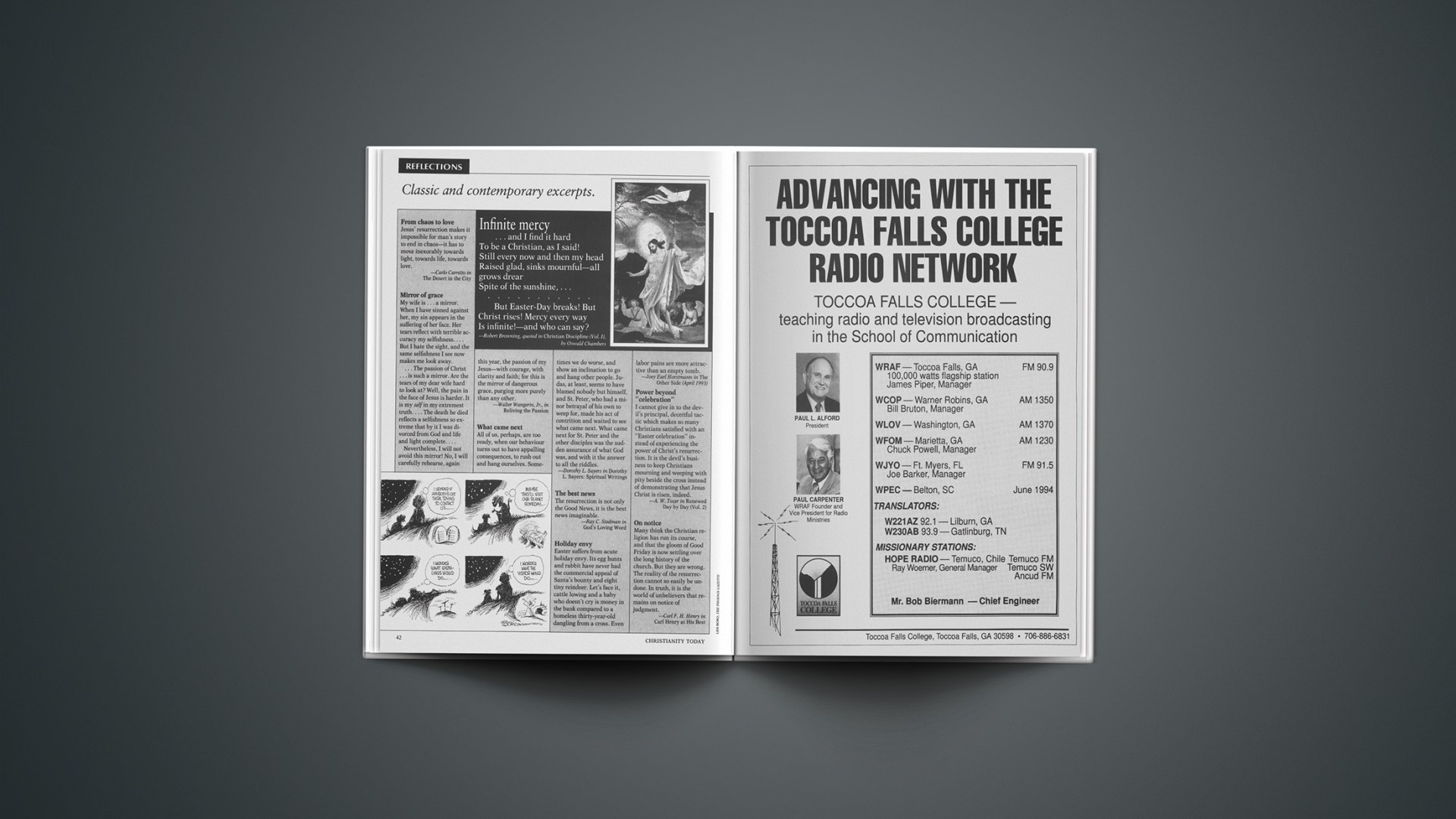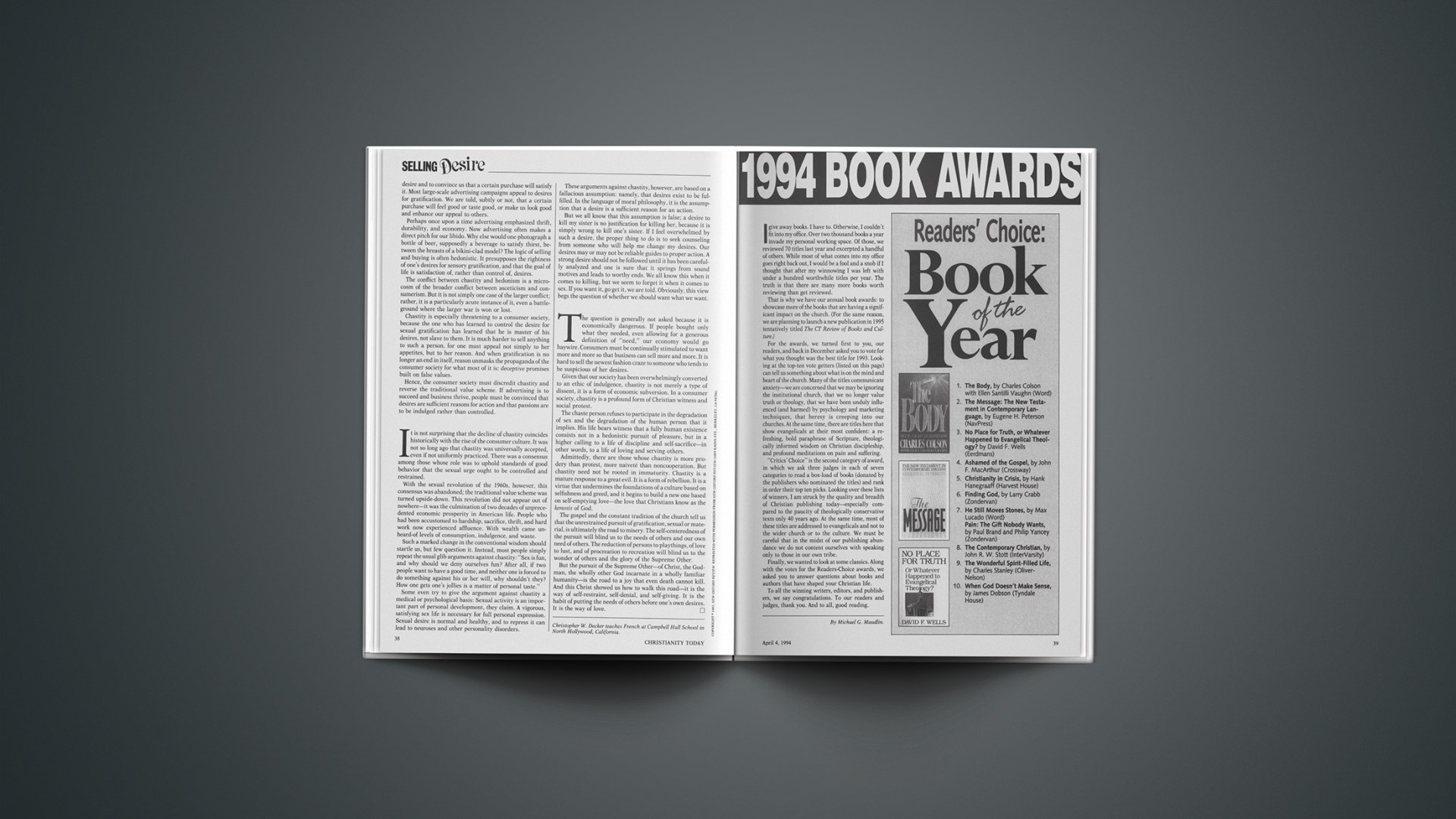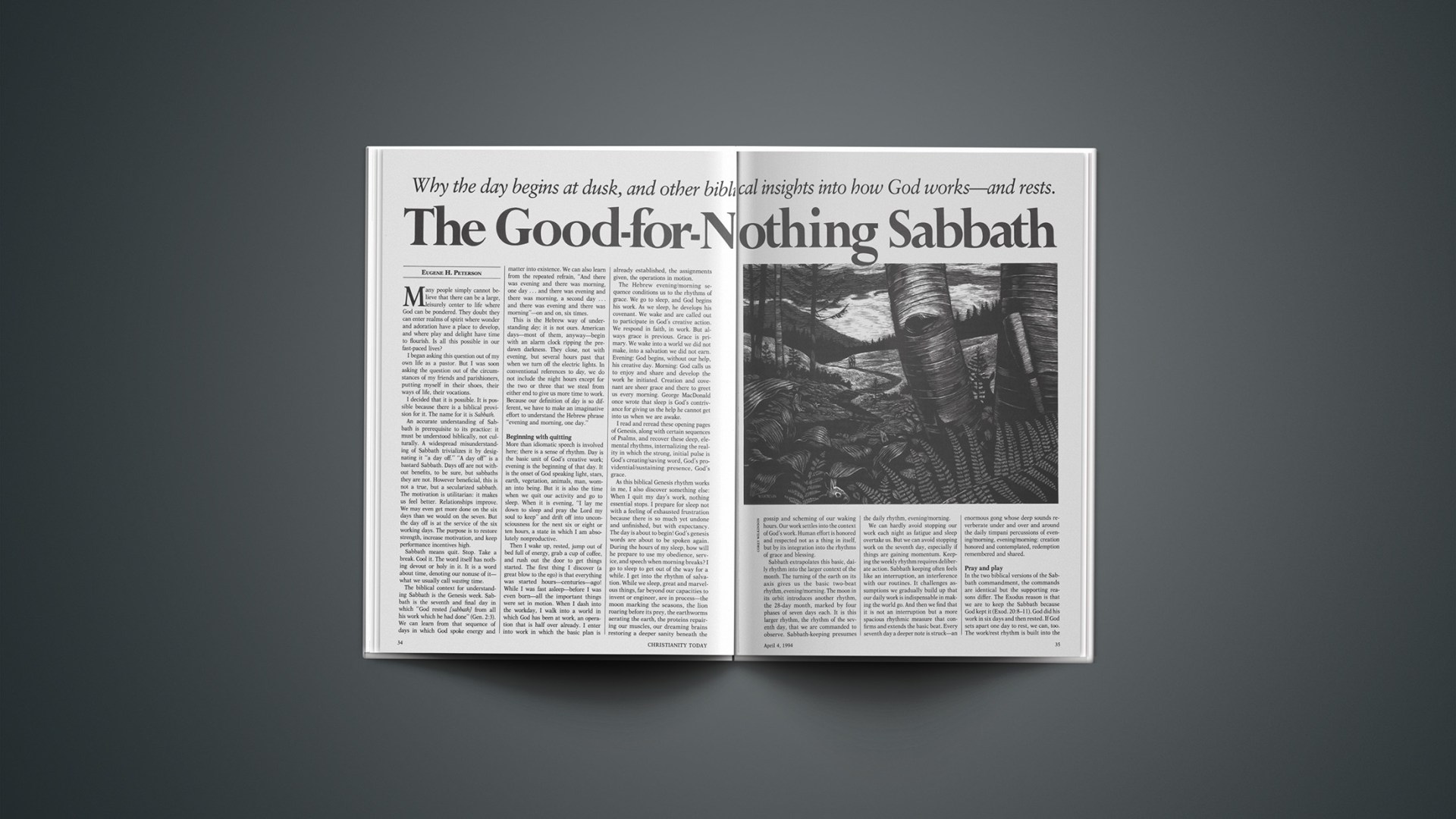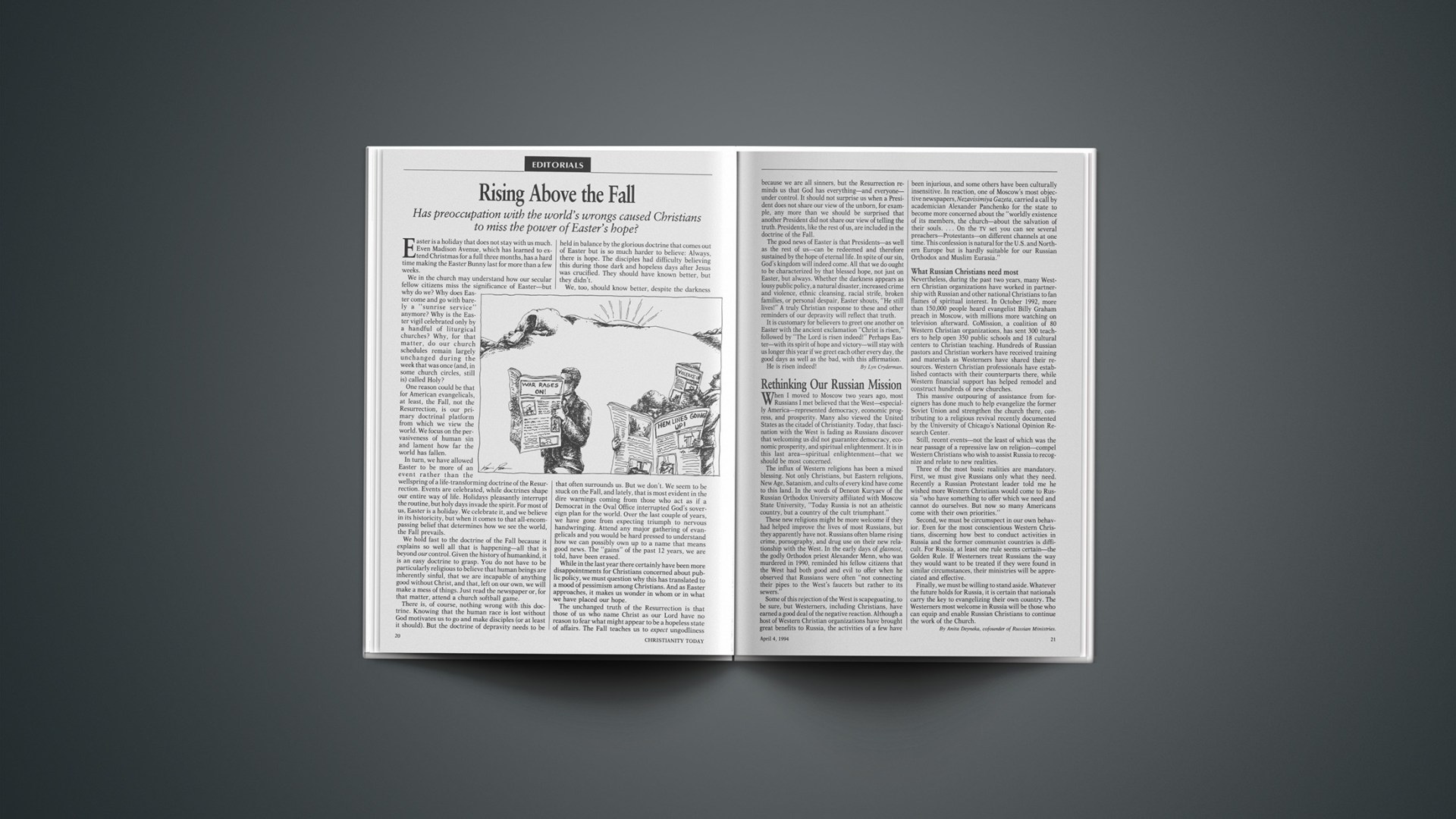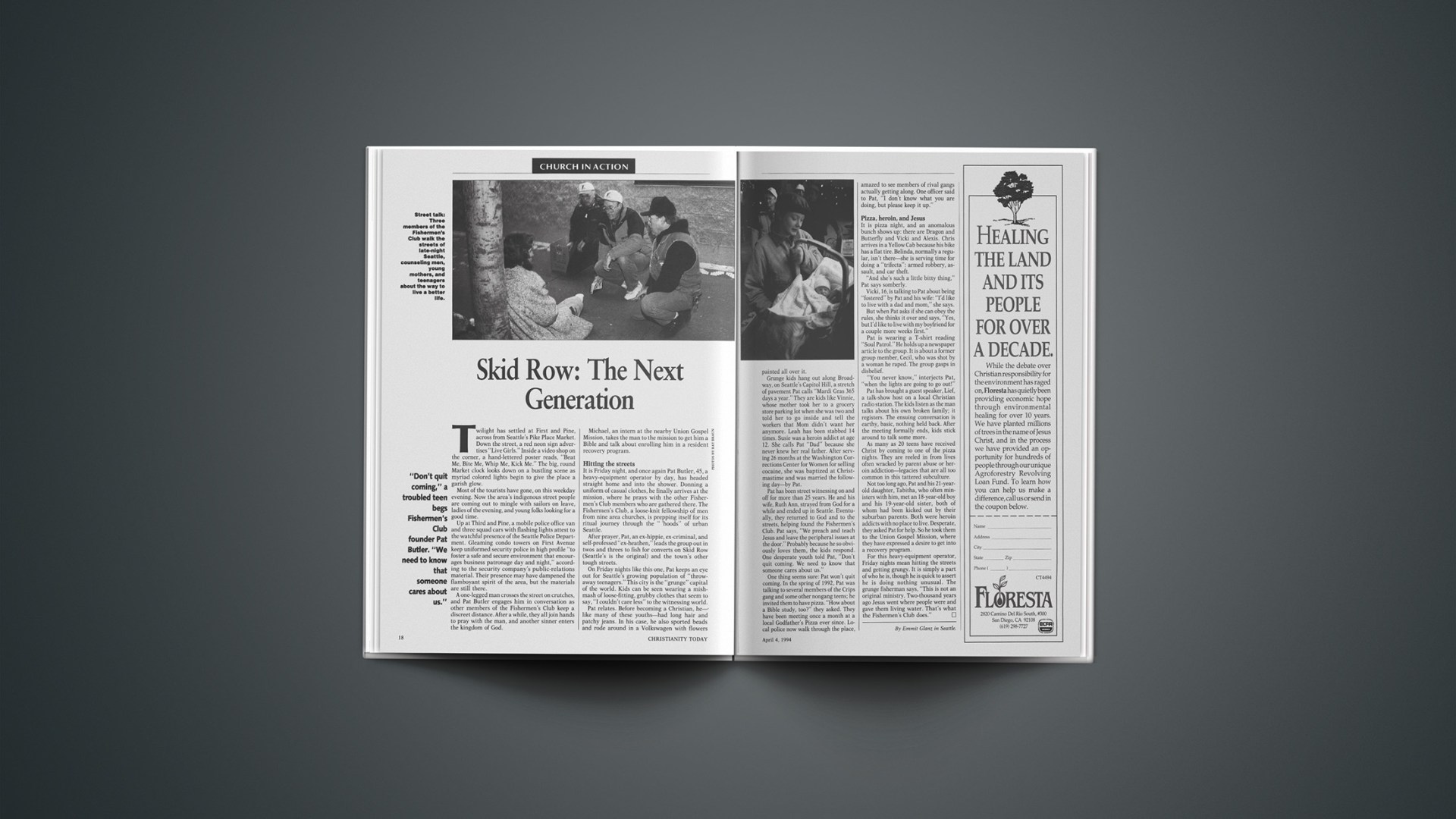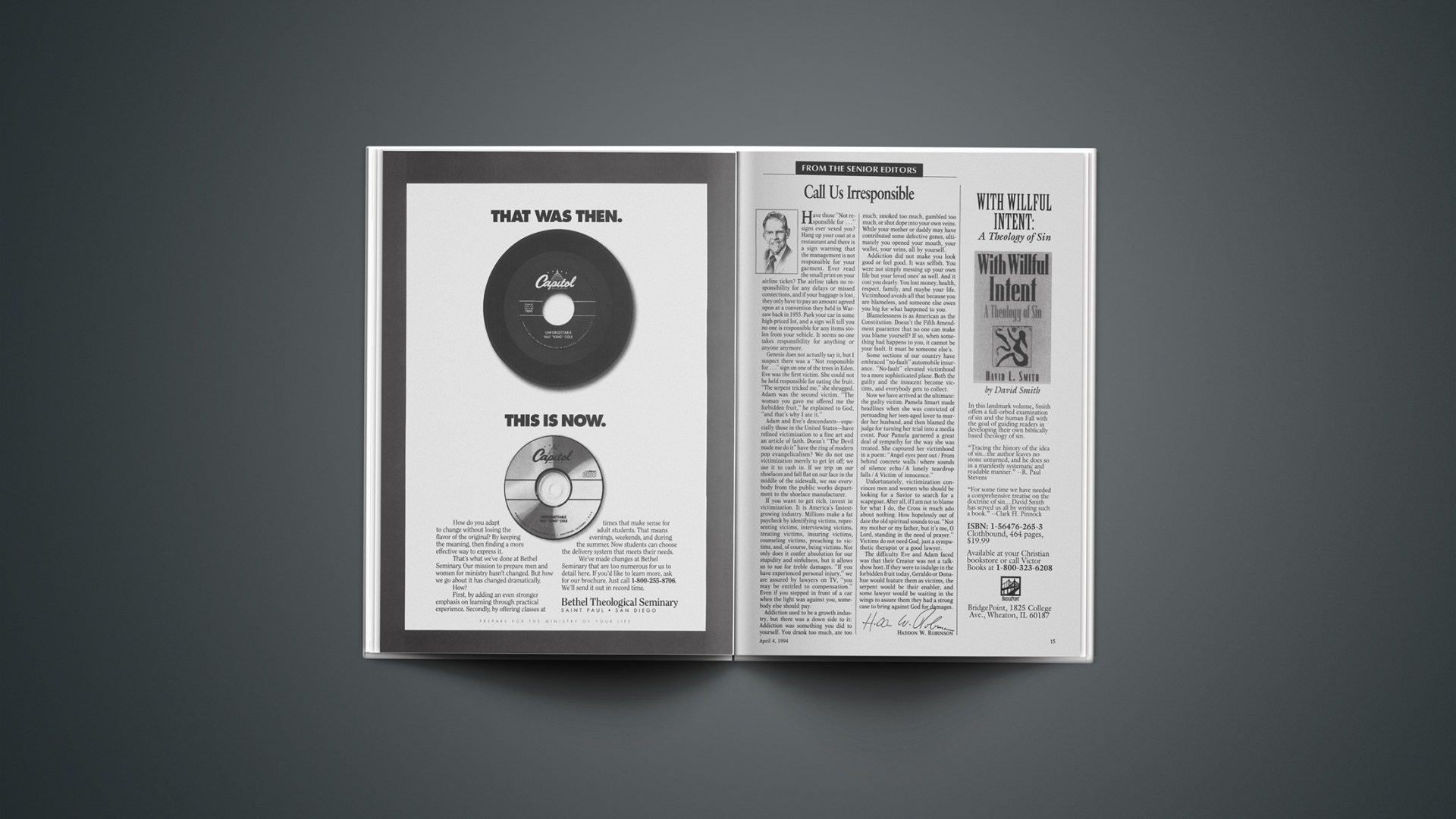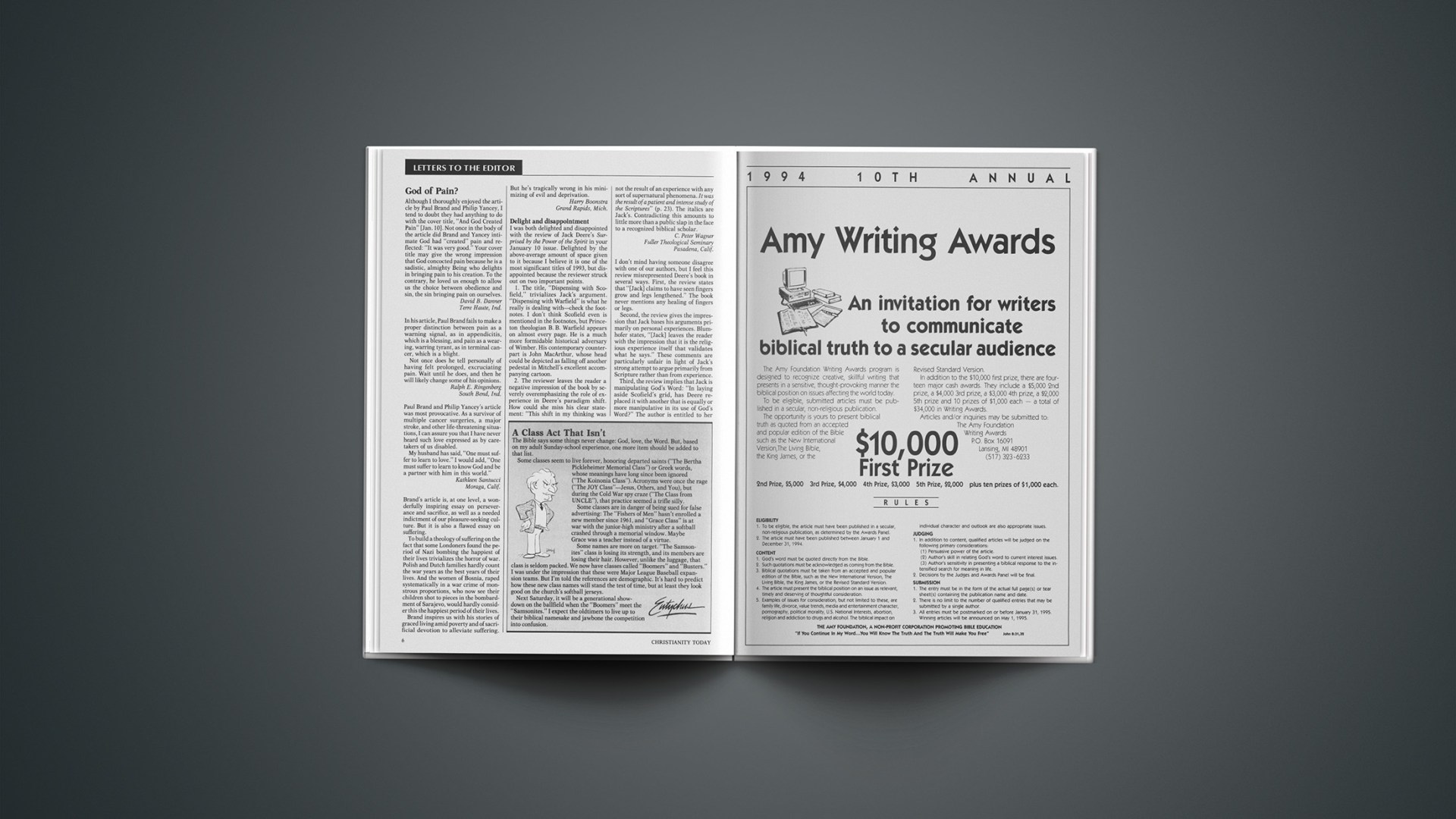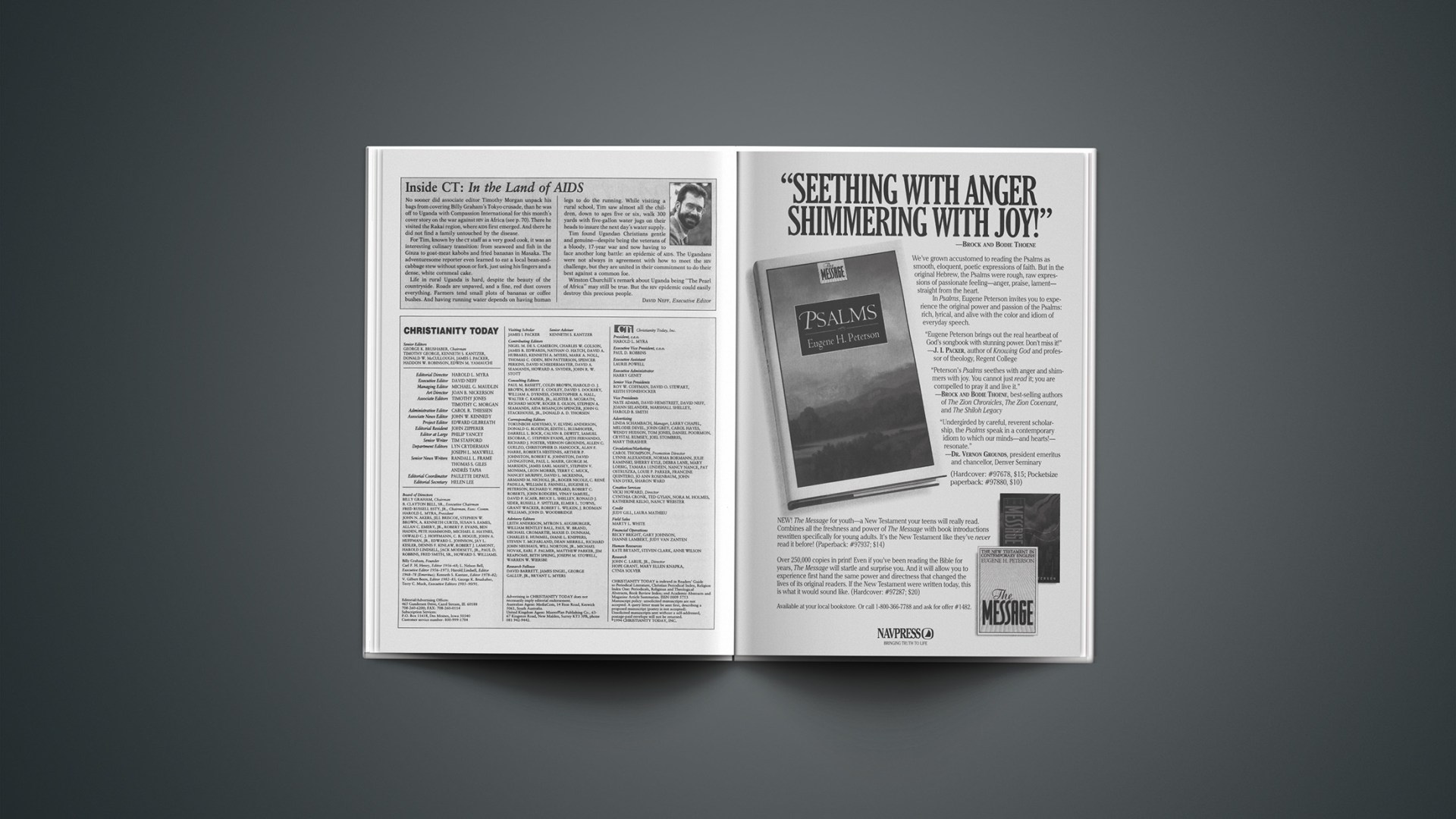Classic and contemporary excerpts.
From chaos to love
Jesus’ resurrection makes it impossible for man’s story to end in chaos—it has to move inexorably towards light, towards life, towards love.
—Carlo Carretto in The Desert in the City
Mirror of grace
My wife is … a mirror. When I have sinned against her, my sin appears in the suffering of her face. Her tears reflect with terrible accuracy my selfishness.… But I hate the sight, and the same selfishness I see now makes me look away.
… The passion of Christ … is such a mirror. Are the tears of my dear wife hard to look at? Well, the pain in the face of Jesus is harder. It is my self in my extremest truth.… The death he died reflects a selfishness so extreme that by it I was divorced from God and life and light complete.…
Nevertheless, I will not avoid this mirror! No, I will carefully rehearse, again this year, the passion of my Jesus—with courage, with clarity and faith; for this is the mirror of dangerous grace, purging more purely than any other.
—Walter Wangerin, Jr., in Reliving the Passion
What came next
All of us, perhaps, are too ready, when our behaviour turns out to have appalling consequences, to rush out and hang ourselves. Sometimes we do worse, and show an inclination to go and hang other people. Judas, at least, seems to have blamed nobody but himself, and St. Peter, who had a minor betrayal of his own to weep for, made his act of contrition and waited to see what came next. What came next for St. Peter and the other disciples was the sudden assurance of what God was, and with it the answer to all the riddles.
—Dorothy L. Sayers in Dorothy L. Sayers: Spiritual Writings
The best news
The resurrection is not only the Good News, it is the best news imaginable.
—Ray C. Stedman in God’s Loving Word
Holiday envy
Easter suffers from acute holiday envy. Its egg hunts and rabbit have never had the commercial appeal of Santa’s bounty and eight tiny reindeer. Let’s face it, cattle lowing and a baby who doesn’t cry is money in the bank compared to a homeless thirty-year-old dangling from a cross. Even labor pains are more attractive than an empty tomb.
—Joey Earl Horstmann in The Other Side (April 1993)
Power beyond “celebration”
I cannot give in to the devil’s principal, deceitful tactic which makes so many Christians satisfied with an “Easter celebration” instead of experiencing the power of Christ’s resurrection. It is the devil’s business to keep Christians mourning and weeping with pity beside the cross instead of demonstrating that Jesus Christ is risen, indeed.
—A. W. Tozer in Renewed Day by Day (Vol. 2)
On notice
Many think the Christian religion has run its course, and that the gloom of Good Friday is now settling over the long history of the church. But they are wrong. The reality of the resurrection cannot so easily be undone. In truth, it is the world of unbelievers that remains on notice of judgment.
—Carl F. H. Henry in Carl Henry at His Best

